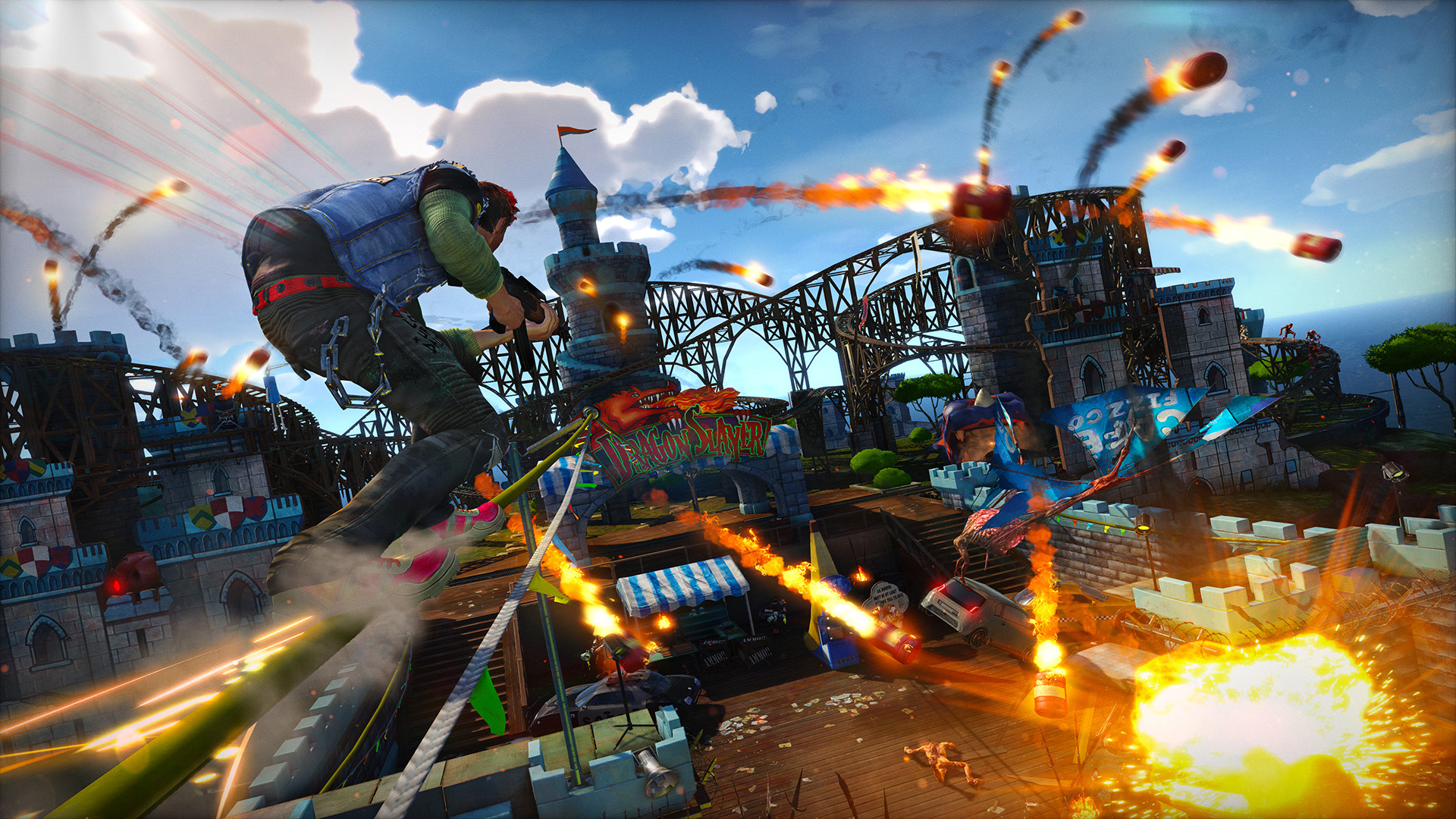Welcome to Game Revolution’s guide to the Smash Ultimate Tier List. As avid gamers and entertainment experts, we understand the importance of competitive gaming. Whether it’s striving to achieve the highest rank in leaderboards or simply outplaying friends, we know what it takes to win. That’s why we have created this comprehensive guide to help you understand the Smash Ultimate Tier List and how it can enhance your gameplay.
The Smash Ultimate Tier List is a ranking system that categorizes each character in the game based on their strength, weaknesses, and overall effectiveness in competitive gameplay. With this list, players can choose a character that will give them a greater advantage in matches. Our guide is necessary to help you navigate the tier list and make informed decisions about your character choice.
Throughout this guide, we will delve into the mechanics of the tier list, discuss each character’s ranking, and provide essential tips on how to use the tier list to improve your gameplay. By following our guide, you will gain a better understanding of the Smash Ultimate Tier List and emerge as a fierce competitor in the gaming community.
What is a Tier List?
A Tier List is a ranking system that organizes characters in a video game based on their abilities and attributes. In Smash Ultimate, the Tier List determines the hierarchy of characters in terms of their strength and competitive viability. This ranking system is crucial for competitive gamers as it helps them make informed character choices and guides them on how to enhance their gameplay.
The Tier List for Smash Ultimate ranges from S to F, with the S tier being the strongest and F tier being the weakest in the game.
It is essential to have a clear understanding of the Tier List to improve your chances to compete at a high level successfully. With proper knowledge, players can work on mastering characters that are more viable and strategize against specific characters in their opponent’s line-up. This understanding can prove pivotal in becoming a proficient gamer and making it to the major leagues.
Comprehensive List of Characters and Rankings
Now that we have a better understanding of the tier list and its importance in competitive Smash, it’s time to look at the characters and their rankings. Knowing where each character stands on the tier list is crucial in choosing a character that complements your gaming style while giving you an edge over your opponents. Let’s take a look at each character’s ranking and the reasons behind it.
S-Tier: The characters in the S-Tier are incredibly powerful, versatile, and have few weaknesses, making them the most sought after by competitive players. These characters are:
- Joker
- Pikachu
- Wario
- Zero Suit Samus
These characters are capable of dominating opponents, delivering high damage, and securing wins with relative ease. For example, Pikachu has quick and powerful moves, Wario has strong aerials, and Joker has Burst Attacks that can easily take down opponents.
A-Tier: The characters in the A-Tier are also strong but have some minor weaknesses that require skilled gameplay to overcome. These characters include:
- Lucina
- Zelda
- Palutena
- Samus
These characters require a balance of aggression and defense, making them a great choice for players that possess both skills. For example, Lucina is an all-around character balanced in offense and defense, and Zelda can deal high damage from a distance while also being able to take down an opponent at close range with her strong Smash Attacks.
F-Tier: The characters in the F-Tier are the weakest, with limited strengths and multiple weaknesses that require skilled play to make up for. These characters are:
- Ganondorf
- Luigi
- Kirby
- Pac-Man
These characters can have a challenging time in competitive play requires mastering their strengths to overcome their weaknesses. For example, Ganondorf is slow but deals high damage, and Luigi has good recovery, but his moves are relatively weak.
Understanding each character’s ranking on the tier list is just a starting point in choosing the right character to use in competitive Smash. Now let’s look at the strengths and weaknesses of each character in greater detail.
Strategies for Using the Tier List to Improve Gameplay
One of the biggest advantages of using the Smash Ultimate Tier List is that it helps players identify the best characters to use during matches. By selecting a character in the higher tiers, players have a significant advantage over those using characters in the lower tiers.
To maximize this advantage and enhance gameplay, there are a few strategies that players can use:
– Master Characters in the Higher Tiers: The characters that rank higher on the tier list have better moves, strengths, and abilities, making them easier to play with and win matches. Players are encouraged to invest time in mastering these characters to achieve optimal results.
– Use the Tier List to Counter Opponent’s Character Choices: The tier list provides valuable information on the strengths and weaknesses of each character, enabling players to choose characters that can counter their opponent’s choices. For instance, if an opponent chooses a character in a high tier, a player could select a character in the higher tier that can counter or outmatch that character.
By using the tier list effectively, players can improve gameplay and increase their chances of winning matches.
Conclusion
In conclusion, the Smash Ultimate Tier List is a crucial aspect of competitive gaming. It provides players with a comprehensive ranking of characters based on their strengths and weaknesses and can enhance their gameplay significantly.
In this guide, we have covered everything that players need to know about the tier list. We have explained how the tier list works, provided a comprehensive list of characters and their rankings, and discussed strategies for using the tier list to improve gameplay.
It is important to remember that while the tier list is essential, it is not the sole determinant of a player’s success. The game’s meta constantly evolves, and a character’s ranking on the tier list can change with each update.
Ultimately, players should take the time to practice and master a range of characters, particularly those in the higher tiers. This will enable them to adapt to any changes in the game’s meta and stay ahead of the competition.
In conclusion, we hope that this guide has been useful to our readers. By understanding and using the Smash Ultimate Tier List, players can improve their gameplay and achieve greater success in competitive gaming.
FAQs
-
What is a Smash Ultimate Tier List?
A Smash Ultimate Tier List is a ranking system that places characters in different tiers based on their strength and viability in competitive play.
-
Why is understanding the Tier List important in competitive gaming?
Understanding the Tier List is important because it helps players make informed decisions when choosing which characters to use in competitive play, as well as which characters to focus on mastering.
-
How is the Tier List created?
The Tier List is typically created through a combination of professional player opinion, community input, and tournament results.
-
Can character rankings change over time?
Yes, character rankings can change over time as new strategies and techniques are discovered, and player opinions and results shift.
-
What is the best way to use the Tier List to improve my gameplay?
Players can use the Tier List to improve their gameplay by focusing on mastering characters in the higher tiers, and using the Tier List to counter opponents’ character choices. It’s important to note that a character’s placement on the Tier List doesn’t necessarily dictate their success in all matchups, and player skill and strategy are also important factors in competitive play.



